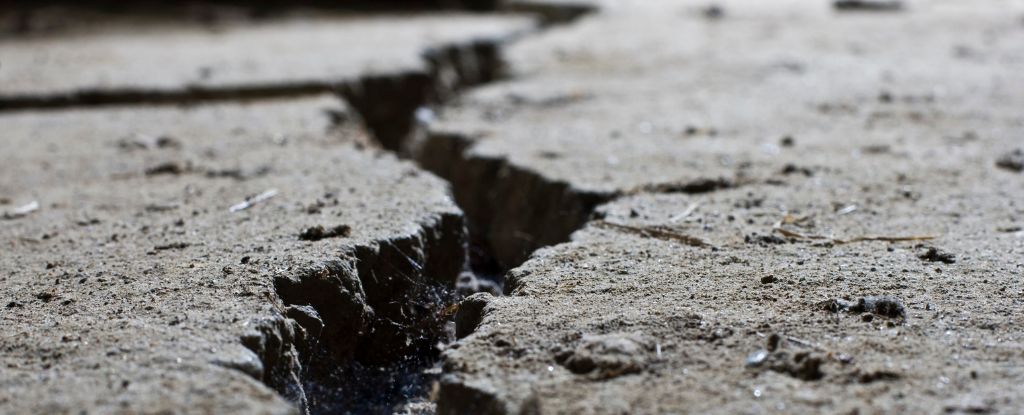North America may still be trembling with the aftershocks of two major earthquakes that struck the continent more than a century ago, according to new research.
If the statistical inferences that scientists have made are correct, then that means some tremors of today were set in motion way back in the 1800s, after some of the most powerful quakes in the continent’s recorded history.
In fact, the study authors estimate that around 23 percent to 30 percent of the seismic shocks experienced in the New Madrid seismic zone between 1980 and 2016 were aftershocks of four large earthquakes that struck the area in 1811 and 1812, with magnitudes between 7.2 and 8.
What’s more, another large quake, with a magnitude of 6.7 to 7.3, which hit Charleston, South Carolina in 1886, could explain up to 72 percent of the seismic shocks experienced in the region since.
The findings hint at the possibility that within geologically stable areas of continents, where there isn’t a lot of tectonic activity, some earthquake aftershocks can continue uninterrupted for decades or even centuries, although far more research is needed before that controversial idea can be validated.
“Some scientists suppose that contemporary seismicity in parts of stable North America are aftershocks, and other scientists think it’s mostly background seismicity,” says geoscientist Yuxuan Chen from Wuhan University in China.
Using a different statistical method than previous researchers, Chen, together with geologist Mian Liu from the University of Missouri, analyzed the three biggest earthquake events in North American history.
One occurred in 1663 in Canada’s southeastern Quebec. Another struck on the Missouri-Kentucky border starting in 1811. And the last quake hit South Carolina in 1886.
All three of these areas are tucked in the continental interior, away from the borders of tectonic plates, and yet they continue to experience clusters of contemporary tremors.
Modeling the seismic ripples that would have emanated from the three largest historic shocks, Chen and Liu mapped epicenters of around 250 kilometers (155 miles). They then looked at earthquakes that struck near these epicenters in the following decades, including clear shocks above magnitude 2.5.
To figure out how these older and newer quakes were related, the researchers applied the ‘nearest-neighbor’ method to their data.
Under this statistical method, if earthquakes are too close in space, time, and magnitude to be considered independent background events, then one is assumed to have triggered the other.
Depending on the size and location of the main shock in New Madrid, which is somewhat uncertain, Chen and Liu estimate between 10 and 65 percent of the region’s contemporary quakes are likely aftershocks, although the reality is probably towards the lower end of that estimate.
Similar results were found for North Carolina, but in Québec, the authors found predominantly background seismicity.
This indicates that the aftershocks of the Québec earthquake, which had a magnitude of 6.5 to 7.5, have disappeared.
“The mixture of long-lived aftershocks and background seismicity may be common in stable continents,” suggest Chen and Liu.
The two researchers think that the long, post-seismic stress relaxation of stable continents could “contribute to long aftershock sequences”.
Ultimately, they think the debate over whether North America’s contemporary quakes are background noise or aftershocks is oversimplified; the explanations don’t have to be mutually exclusive.
“It’s kind of a mixture,” argues Chen.
Susan Hough, a geophysicist with the United States Geological Survey who was not involved in the current study, says that it’s possible for apparent aftershocks to deceive.
“In some respects, the earthquakes look like aftershocks if you look at the spatial distribution, but earthquakes could be tightly clustered for a couple of reasons,” Hough explains.
“One is that they’re aftershocks, but also you could have a process of creep going on that’s not part of an aftershock process. Exactly what their results mean is still open to question.”
The turbulent debate continues.
The study was published in the Journal of Geophysical Research: Solid Earth.

Dr. Thomas Hughes is a UK-based scientist and science communicator who makes complex topics accessible to readers. His articles explore breakthroughs in various scientific disciplines, from space exploration to cutting-edge research.








